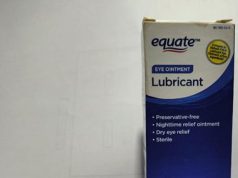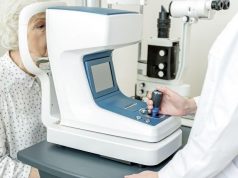Retinal hemorrhages, exudates, microaneurysms, retinopathy linked to risk of peripheral artery disease
THURSDAY, March 9, 2017 (HealthDay News) — Retinal hemorrhages, exudates, microaneurysms, and retinopathy are associated with the risk of peripheral artery disease (PAD), according to a study presented at the American Heart Association’s Epidemiology and Prevention/Lifestyle and Cardiometabolic Health 2017 Scientific Sessions, held from March 7 to 10 in Portland, Ore.
Chao Yang, from the Johns Hopkins Bloomberg School of Public Health in Baltimore, and colleagues quantified the associations of retinal findings with PAD risk among 9,390 participants free of clinical history of PAD.
The researchers found that 304 participants developed PAD during a median follow-up of 19 years, of which 92 cases were considered critical limb ischemia (CLI). There were independent associations between PAD and retinal hemorrhages (hazard ratio, 2.60), exudates (hazard ratios, 3.30 and 2.51 for hard and soft exudates, respectively), microaneurysms (hazard ratio, 2.77), and any retinopathy (hazard ratio, 2.16), after adjustment for potential confounders, including diabetes. These findings were more strongly associated with CLI (hazard ratios, 4.43, 6.52, 3.10, 4.29, and 3.41, respectively), with all P values for the difference in hazard ratios <0.05, except for soft exudates (P = 0.410). Stronger associations with PAD outcomes were seen for retinal findings among individuals with versus those without diabetes.
“Retinal hemorrhages, exudates, microaneurysms, and any retinopathy were independently associated with PAD, especially its severe form, CLI,” the authors write. “Our results suggest the importance of microvascular wall fragility/permeability in the development of PAD.”
Press Release
More Information
Copyright © 2017 HealthDay. All rights reserved.








